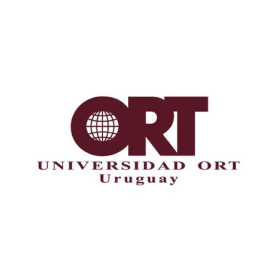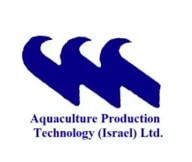Latin America and the Caribbean, home to some of the world’s most pristine and diverse ecosystems, depend heavily on natural resources to generate economic growth
IDB, Environment.
The Caribbean coastal areas around the Guatemala–Honduras border, in particular Bahia de Omoa, are suffering from a dramatic crisis of pollution resulting from poor waste management.
Large scale 'floating islands' of plastic debris are in constant motion along these shores
Operating under the auspices of three Ministries of Foreign Affairs (Guatemala, Honduras and Israel), the Cartagena Convention, and within the "Regional Action Plan on Marine Litter Management (RAPMaLi) for the Wider Caribbean Region 2014", the project will establish a zone of cooperation between Guatemala and Honduras in their common affected zone, and develop a joint holistic Strategic Action Plan to address the environmental crisis.
Click here to view:
https://theintercept.com/2019/10/27/plastic-pollution-guatemala/
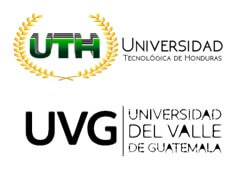
We are currently in the data collection and laboratory testing phase, to examine two key processes:
Positive conclusions from the experiments will provide a basis for the establishment of a commercial facility for producing energy from the Saccharum Spontaneum.
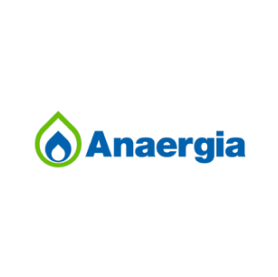

Addressing drinking water shortages in the center and north of the country
Establishment of a research center for water engineering.
An agriculture program in arid zones - A line of research called "Identification of water sources present in the different ecological floors of the territory, likely to be used for the agricultural sector.
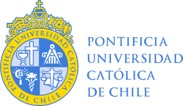
Collaboration between Y.A. Maof, Punta Cana Group, Asonahores (Hotel association) and APEC University to build a strategic plan to treat 700 tons of organic waste generated by the Punta Cana tourism sector. This strategic plan will focus on reducing environmental damage in the area. It will also provide an economic pre-feasibility study of a waste to energy approach.
Rehabilitation of an existing waste site in the Punta Cana area in order to turn it into a regional sanitary landfill.
Two main goals:
Y.A. Maof is promoting with the Dominican Republic and initiative to establish a solar farm near the city of San Pedro de Macorís. The project that we propose involves a power generation of up to 140MW for 25 years.
This joint effort would constitute the largest renewable energy project in the country. The proposed project would be located on 100 hectares (1,000,000 m2) of land.
We have lunched our scientific field test during last September for our first Biogas facility of the Eco Park – EnergyAlgea Project.
Continued lab tests over the past year have yielded outstanding results: Algae material has proven to be over 200% more efficient in creating energy than our initial assumptions.
This advancement is thanks to a special proprietary pre-treatment process incorporated by the use of special machinery and enzymes. It is an outstanding achievement, and also world-first.
Y.A. Maof, as a leader of consortium, wishes to examine the feasibility of promoting biogas facilities in various locations across the affected areas. As a first step, Y.A. Maof plans to place a biogas plant (1.5MW) in Punta Cana, which is based on the digestion of sargassum and MSW.
Besides treating the sargassum issue, the biogas facility would also integrate with the waste value chain and assist the promotion of renewable energies.
Innovative solutions for revitalizing tourism in the Caribbean through turning Sargassum into a resource and upgrading the environmental profile of coastal hotels.
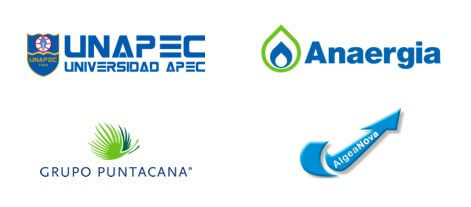
In the summer of 2018, a large mass of sargassum created an 8,850 km long belt with an estimated weight of more than 20 million tons that stretched from West Africa, crossing the Central Atlantic Ocean through the Caribbean Sea, to the Gulf of Mexico.
The Government of Quintana Roe reported that in 2018, 522,226 tons of sargassum were collected from the coasts and coastal areas, at an investment of 332 million pesos, In addition, researchers from the National Autonomous University of Mexico (UNAM) have warned of major dangers and damage to ecosystems if the problem is not addressed by a true common strategy (Rivera, 2018).
Y.A MAOF will use of algae waste to create biogas to provide green energy for a variety of uses.

Construction and upgrade of a sewage treatment plant and establishment of sewage treatment facilities
Universidad Nacuinal de Jaen. Cajamarca - Sewage treatment.
the facility and the oxidation pools are close to the university campus and they suffer greatly from a pungent odor in the area.
In the city of Jaen, there are two sewage treatment plants that are anaerobic and aerobic lagoons where for 18 years they have not performed maintenance work at the level required to treat sewage properly. In addition, the plant is unable to create a solution to the problem because there is excess water.
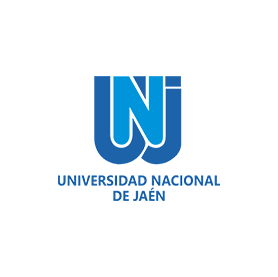
Treatment of dairy production effluents to prevent pollution of river water and groundwater
Upgrading existing cow sheds and milking facilities to increase milk yield and profitability. Introduction of Israeli systems for monitoring the health of cows and providing food in accordance with milk yield.
Program for professional courses on dairy cattle raising and dairy production waste management
